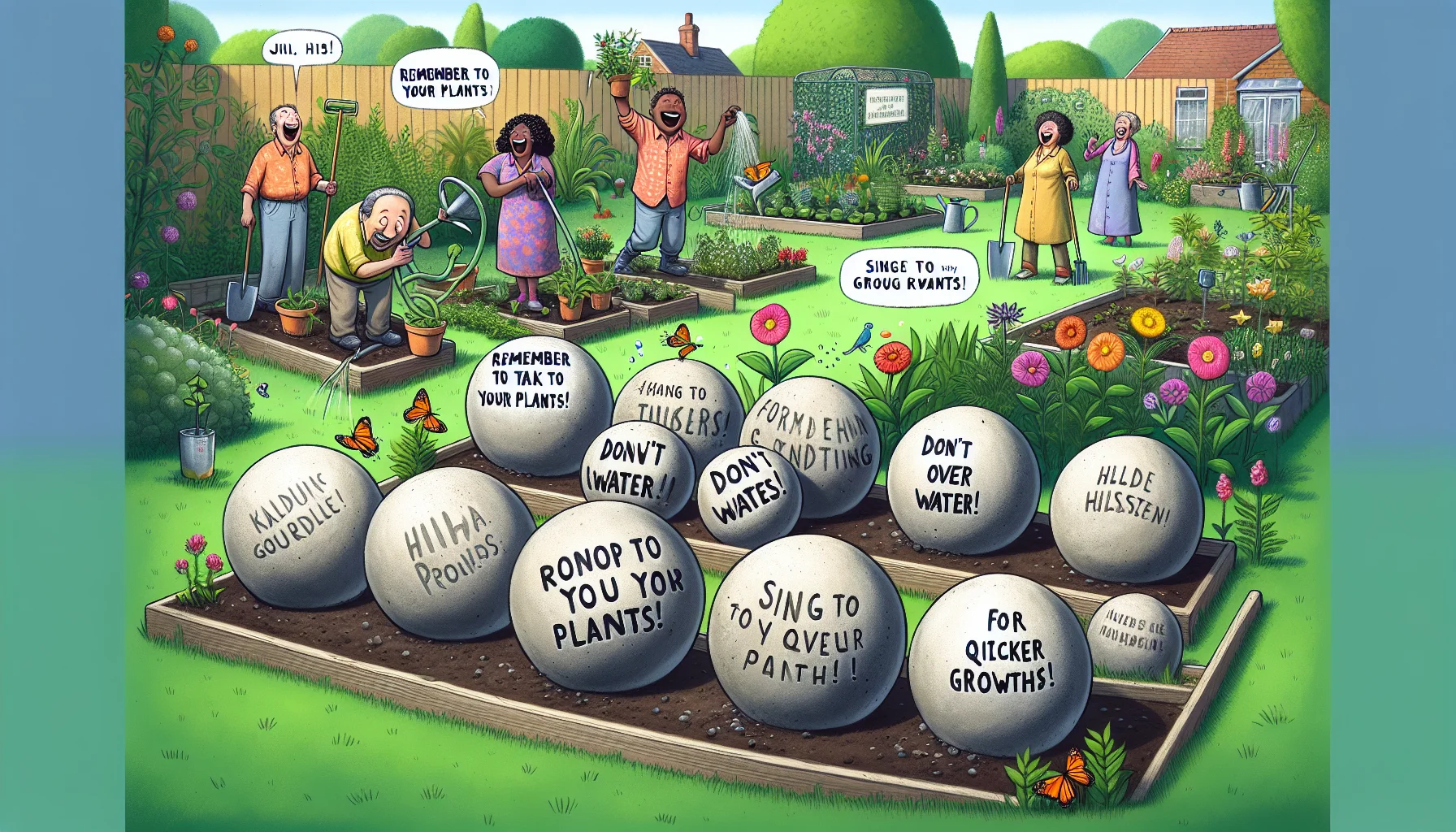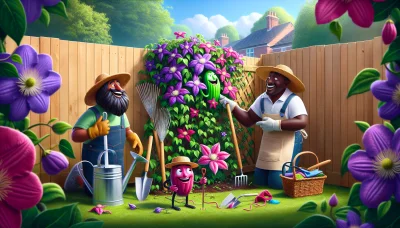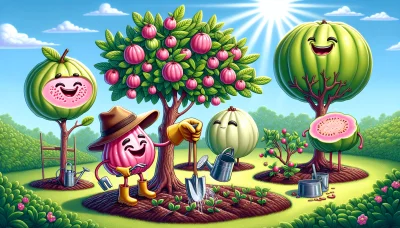Tips for Concrete Garden Spheres Quiz
Test Your Knowledge
Question of
Introduction to Concrete Garden Spheres
Concrete garden spheres have become a popular trend in landscaping and gardening for their versatility and aesthetic appeal. These spheres add a touch of modernity and elegance to any garden space, serving not only as decorative elements but also as focal points that draw the eye and add structure to the landscape. Made from durable concrete, these garden spheres can withstand the elements, making them a practical choice for outdoor decor. Their appeal lies in their simplicity and the way they can be incorporated into various garden styles, from minimalist to rustic. Whether used singularly as a statement piece or grouped for greater impact, concrete garden spheres offer a unique way to enhance the beauty of outdoor spaces.
Benefits of Concrete Garden Spheres
- Durability: Concrete garden spheres can withstand harsh weather conditions, making them a long-lasting addition to any garden.
- Aesthetic Appeal: These spheres add a modern and sophisticated touch to garden spaces, enhancing the overall look and feel.
- Versatility in Garden Design: Concrete garden spheres can be used in various ways, from focal points to subtle accents, fitting into any garden style or theme.
Choosing the Right Concrete Mix
Selecting the appropriate concrete mix for garden spheres is crucial to ensure their longevity and weather resistance. The right mix will not only withstand the elements but also maintain its aesthetic appeal over time. Understanding the specific requirements of your project, such as the desired finish, weight, and exposure conditions, will guide you in choosing the most suitable concrete mix. This careful selection process helps in creating durable and visually pleasing garden spheres that enhance outdoor spaces for years to come.
Step-by-Step Guide to Making Concrete Garden Spheres
Materials Needed:
- Quick-setting concrete mix
- Water
- Large bowl or sphere-shaped mold
- Small bowl or sphere-shaped mold (for hollow spheres)
- Non-stick cooking spray or vegetable oil
- Sandpaper (optional)
- Gloves
- Protective eyewear
Steps:
- Prepare your molds: If you're making a solid sphere, use one mold. For a hollow sphere, you'll need two different sizes. Coat the inside of your mold(s) with non-stick cooking spray or vegetable oil to ensure easy removal of the concrete once it's set.
- Mix the concrete: In a bucket, mix the concrete according to the package instructions. Aim for a consistency that is thick but pourable. Wear gloves and protective eyewear during this step to avoid skin irritation and protect your eyes.
- Fill the mold: Pour the concrete into your mold. If you’re making a hollow sphere, place the smaller mold inside the larger one and then fill the space between them with concrete. Tap the sides of the mold to remove air bubbles.
- Wait for the concrete to set: Follow the concrete package's instructions for drying times. Quick-setting concrete typically takes about 24-48 hours to cure fully.
- Remove the sphere from the mold: Once the concrete has set, gently remove the sphere from the mold. If you've used a plastic mold, you might need to cut it away carefully.
- Smooth the surface (optional): Use sandpaper to smooth any rough spots or to achieve a more polished look. This step is optional and depends on your desired finish.
- Place in your garden: Find the perfect spot in your garden for your new concrete sphere. Consider placing it amongst plants, by a water feature, or on a pedestal for added impact.
Tips for Success:
- Experiment with adding color to your concrete mix for a unique look.
- Try different sizes and mold shapes to create a varied collection of spheres.
- For larger spheres, consider reinforcing with wire mesh to prevent cracking.
- Seal your concrete spheres with a concrete sealer to protect them from the elements, especially if you live in a frost-prone area.
Decorating Your Garden Spheres
Garden spheres can transform your outdoor space into a realm of creativity and charm. These concrete orbs offer a blank canvas for your artistic expressions. One popular technique is painting them in vibrant colors or intricate patterns to make them stand out or blend seamlessly with your garden's theme. Adding mosaic tiles is another fabulous way to decorate your spheres; this not only brings a splash of color but also adds texture and interest. For a more personalized touch, embedding objects like seashells, glass pieces, or even old jewelry can give your garden spheres a unique character that reflects your personal style. Each method provides a different aesthetic appeal and can be tailored to enhance the beauty of your garden.
Maintenance and Care for Concrete Garden Spheres
| Climate | Maintenance Requirements | Cleaning Tips | Winter Care |
|---|---|---|---|
| Temperate | Periodic sealing recommended | Use mild soap and water for cleaning; avoid harsh chemicals | Cover or move indoors to prevent frost damage |
| Tropical | Check for moss and mildew growth frequently | Use a soft brush and diluted bleach solution for moss/mildew | Generally not required, but keep in shaded area to prevent overheating |
| Desert | Regular dusting to prevent accumulation; occasional resealing may be needed | Gentle hose down or use a soft cloth | Not typically necessary, but ensure they are not exposed to extreme temperature changes |
| Cold | Annual sealing to prevent water absorption | Use a soft brush to remove snow; avoid salt and chemical deicers | Store indoors or cover to protect from snow and ice |












